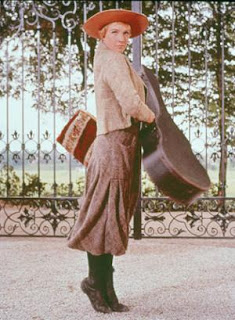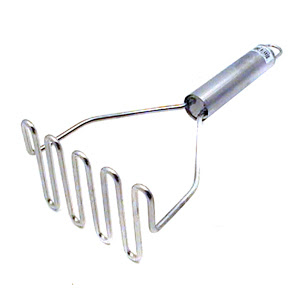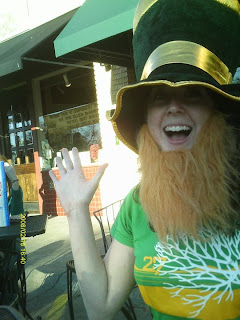
Dear Tricia, Since you've mentioned a few of your favorite cookbooks here and there, it'd be cool to see a top 5 or top 10 list of your absolute favorite/can't-live-without cookbooks.
What a perfect idea! And how, because my other favorite thing to talk about, next to food, is myself. Well, that and the vast array of music trivia that I know for no good reason. (Did you know that Bret Michaels wrote "Every Rose Has its Thorn" in a laundromat in Dallas? Well now you do. You're welcome.)
1. On Food and Cooking- Harold McGee
I commonly refer to this one as my Bible. And, while it doesn't have recipes in it, it explains the history and science of everything thats involved in cooking and baking. Some of the content is kind of dry (Its my dream to re-write it someday in my own style. Ooh! I want to email my agent with that idea!) but it answers every question you've ever had about food by getting down to the science of it. And you can't argue with science. (You hear that, Fundamentalists?)
2. Chez Panisse Fruit- Alice Waters
This is both a cookbook and reference book for me. Alice Waters, founder of the famous Berkley restaurant Chez Panisse, wrote about every type of fruit- when its in season, how to pick the good stuff, the history behind it, etc. Then there's recipes to follow each subject. She has a book on vegetables too but I'm partial to this one for no good reason.
3. The Last Course- Claudia Fleming
When I first ventured into pastry, Claudia Fleming was still the pastry chef at Gramercy Tavern in New York City. She wrote a book of her signature recipes and its still my favorite dessert cookbook to this day. In 2002, I spent a weekend in Boston and was able to try some of her desserts, made by the woman herself, when she was the guest chef at Finale.
4. The New Professional Chef- The Culinary Institute of America
I have to pay homage to my alma mater here. This is, by no means, a progressive cookbook. But what it does offer, are old school, traditional recipes and instruction on every basic cooking method and ingredient, ever. Its huge. Seriously, its like 12 pounds. And it has recipes on everything from Beef Bourgignonne to Waldorf Salad.
5. Cheese Primer- Steven Jenkins
If you're interested in anything about cheese, this will be like porn to you. I love this book almost as much as I love my dog.
6. I Like You: Hospitality Under the Influence- Amy Sedaris
I don't like this book for the recipes, I like it because its hilarious. It makes me laugh every time I open it. Amy Sedaris is my hero. She made a tiny tear-away 2007 calender for a friend of mine (Only one degree of separation between you and me, Amy!) one Christmas. It was 2009.
7. Barefoot Contessa's Back to Basics- Ina Garten
If I had to pick a cookbook written by a celebrity chef, this is the winner. Ina Garten's show on the Food Network, Barefoot Contessa, is like taking a Xanax with a martini chaser. Seriously, the film work is pretty sexy. Her recipes are ones that you can and actually want to make in your own kitchen, unlike a lot of celebrity chef- written cookbooks I've read, and even though a lot of them are French influenced, they're not overly complicated. Plus, she's not annoying as all get-out, unlike most celebrity chefs on the Food Network. (I'm looking at you, Rachael Ray and Giada De Laurentiis.)
8. Fanny Farmer Baking Book- Marion Cunningham
I considered leaving this one off the list just to avoid any other professional cooks making fun of me. Again, this isn't a book of progressive stuff, but sometimes you just don't need to reinvent the wheel, you know? This book has my favorite chocolate chip cookie recipe and my favorite banana bread recipe. When I ran a hotel kitchen in Telluride, I used those two recipes every single day because those were the ones that I got the most requests for. Well, that and my peanut brittle... but that recipe is a secret.
So, that's my top 8. Again, a lot of these aren't cookbooks- they're reference books- but that's what I use most these days to keep the blog going. And its always good to try and learn about the food while you're cooking it. It cancels out all the damage from those Real Housewives of Orange County marathons.







